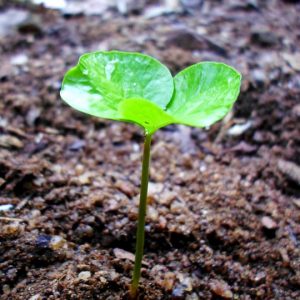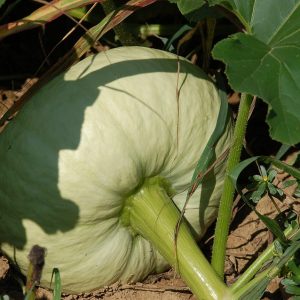E-Learning Structure
The duration of this online course is 100 hours. This consists of 8 in-depth lessons:
- Introduction. The principles of propagating plants by cuttings.:Importance of cuttings, Phenotype vs genotype, why choose cutting propagation, where to get cuttings from, basic cutting technique.
- Stem cuttings. Ease with which tissue forms roots, types of stem cuttings (softwood, hardwood, semi hardwood, herbaceous, tip, heel, nodal, cane etc), treatments (eg. basal heat, mist, tent, etc), testing rooting, etc.
- Non-stem cuttings. Leaf cuttings, root cuttings (natural suckering with or without division, Induced suckering, In situ whole root cuttings; ex situ detached root cuttings), bulb cuttings, scaling and twin scaling, sectioning, basal cuttage.
- Materials and equipment. Selection and maintenance of stock plants; disinfecting cutting material;
- Growing media. Propagation media; biological, chemical and physical characteristics of propagation and potting media, Testing for toxins, air filled porosity, potting up cuttings, soil-less mixes, rockwool, etc.
- Factors affecting rooting. Juvenility, Cutting Treatments (hormones & their application, anti transparents, acid/base treatments, disinfectants etc), Callusing, Mycorrhizae, Carbon Dioxide enrichment, etc.
- Setting up a propagation area. Creating and managing an appropriate cutting environment in terms of: Water; Disease; Temperature; Light and Air Quality. Greenhouses and other structures, watering methods (mist, fog, capillary etc), heating, etc.
- Management of cutting crops. Estimating cost of production; Keeping records, etc.
Course Aims
- Establish an area near where you live that can be used for the raising of cuttings. It doesn’t need to be a greenhouse, just a sheltered place where you can raise the cuttings you will be asked to grow for this course.
- Select ten different plants that can be grown by stem cuttings. Practice preparing different types of cuttings until you feel you can do this well.
- Place samples of your cuttings in a propagating mix and place in the propagation area. Keep the mix moist and observe the behaviour of the cuttings. (eg. does it put on new leaves? Do changes in temperature effect growth? Do any cuttings die? etc. ) Make notes of your observations. You will be asked questions about your results later in the course.
- Prepare leaf cuttings for five different plant species. Practice doing this until you feel you can do this well.
- Prepare root cuttings for five different plant species. Practice doing this until you feel you can do this well.
- Prepare bulb cuttings for five different plant species. Practice doing this until you feel you can do this well.
- Place samples of cuttings in a propagating mix.
- Visit three plant propagation nurseries and see if you can find out where they obtain their propagation material.
- Test soil samples and name them.
- Go to your local nursery and/or garden supply and find out what rooting hormones they sell. See if you can discover what chemicals the products contain.
- Visit three different commercial greenhouses.
- Prepare a pot of cuttings and estimate the cost of production for each cutting produced.
How Does A Warnborough Online Course Work?
You can start the course whenever is convenient for you. You will be studying from home and have access to support from our qualified tutors. Practical exercises and research tasks will be set at the end of each lesson – including an assignment. You will submit this assignment to your course tutor, who will mark your work and give you constructive feedback and suggestions.
If you have any questions please contact us.





